How To Start Herb Garden
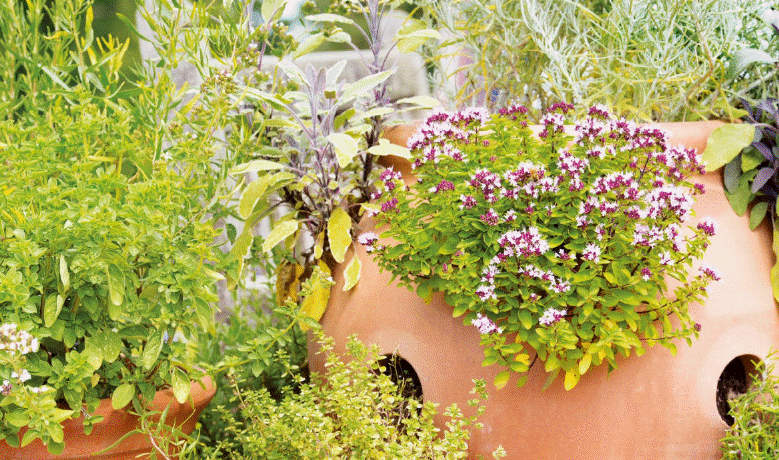
Herbs can be used to heal, add flavor to food, and are beautiful to look at. As many are also easy to grow, why not add some to your garden.
HERBS were among the first plants grown to soothe and heal the body and mind.
Herb gardens started as a living store cupboard of plant remedies and flavors used for everyday cooking and the curing of ailments.
Herbs are traditionally defined as a type of plant whose leaves are used to add flavor in cooking or medicinal remedies’, with no real consideration for their ornamental potential.
It seems a humble job description for plants that can add so much more to the garden.
How To Start Herb Garden
Whether you have room for a dedicated herb garden, or only space for a window box or planter, or want to incorporate scent, texture, and wildlife-friendly plants into a border, herbs are beautiful, useful, and essential plants.
They are also easy to propagate and grow from seed, so they are a great plant for new gardeners.
The traditional palette of shrubby herbs of Mediterranean origin spans a range of gentle grey greens and purples – think sages, thyme, French or English lavenders, catmint, rosemary, and Santolina.
The aromatic leaves have herbal properties, but the foliage textures and colors complement each other, and as they like the same growing conditions, they are perfect partners.
But all work well individually and look greatly mixed through a hot sunny border as a foil to flowering perennials.
Curly parsley and chives
Leafier herbs such as parsley, chives, dill, and fennel can also be incorporated into a mixed planting scheme.
Curly parsley is wonderfully ornamental and great for the front of a border; chives are the
perfect mini-allium with edible flowers.
Why not use the frothy foliage of dill or fennel in a mix of tall summer perennials, as well as adding to fish dishes?
Basils and mints are best grown in individual pots – use classic terracotta, which makes a great display with the range of leaf colors.
If you want to try some less common herbs, evergreen teucrium can be used as an alternative to low box hedging.
Although a little temperamental to grow, Bergamot is worth the effort for its flowers and aromatic leaves.
Angelica, traditionally cultivated for its candied stems, makes a statuesque architectural feature plant.
Some flowering plants that were a feature of the traditional herb garden, such as nigella, Verbascum, alchemilla, achillea, marigolds, and valerian, are grown mostly as ornamentals; their medicinal or culinary properties being barely acknowledged.
They are far more likely to be flagged as wildflower or bee-friendly plants rather than herbs.
6 of the best herbs for cooking
1. Thymus vulgaris
The small, tasty leaves are good for stews, soups, and pasta sauces.
Creeping varieties are good to grow between paving stones, but a common thyme bush is better for picking leaves for cooking.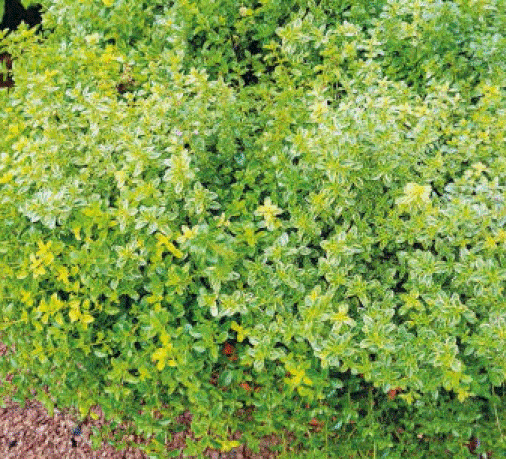
HxS: 1x1ft (30x30cm).
2. Salvia Rosmarinus
A member of the salvia family, the small, evergreen leaves of rosemary are ideal for roast chicken or lamb.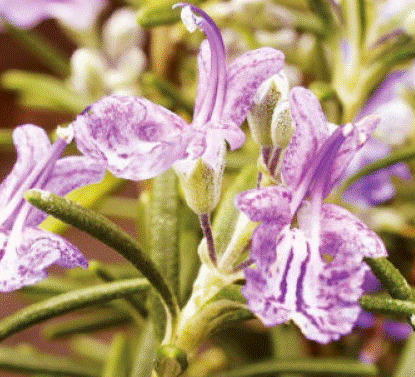
Rosemary is hardy but does not like winter wet, so Grow in a sharply drained soil in pots or borders.
HxS: 3x3ft (100x100cm).
3. Ocimum basilicum ‘Greek.’
A taste of Mediterranean sunshine and an essential ingredient for a tomato salad or pesto sauce,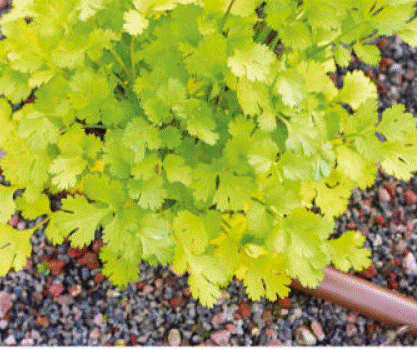
tender sweet basil is best grown from seed as an annual to get the best flavor from the young leaves.
HxS: 1½x1 ft (45x30cm).
4. Coriandrum sativum
Wonderfully flavored leaves and seeds, essential for curries. A tender herb, coriander, is easy to grow from seed, but quick to go over in hot weather, so sow in succession for a regular supply of leaves.
HxS: 2ftx8in (60x20cm).
5. Artemisia dracunculus ‘French.’
‘
Tarragon is perfect with chicken, but make sure you grow the French variety with superior flavor to the Russian type, as they often get confused.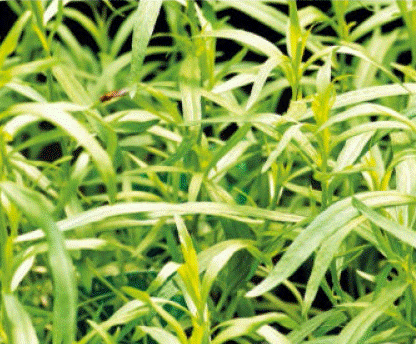
A hardy herbaceous perennial grows in a sheltered spot.
HxS: 3×1½ft (90x45cm).
6. Petroselinum crispum ‘French’
From soups and stews to salads, the leaves of the flat-leaved parsley have a stronger flavor than its curly leafed cousin.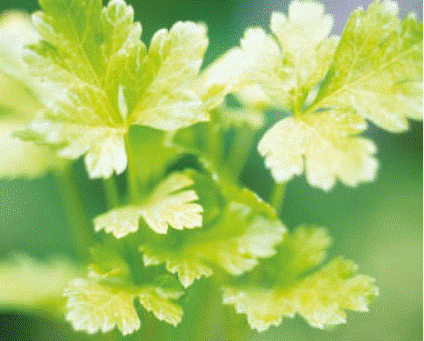
A hardy biennial, both types of parsley are good for part shade.
HxS: 2x1ft (60x30cm).
I hope You have got some ideas now on How To Start Herb Garden



























Comments are closed.